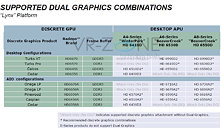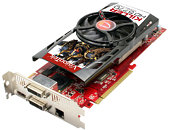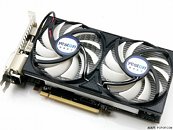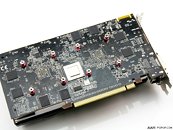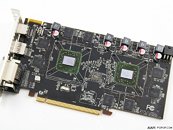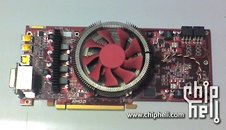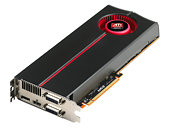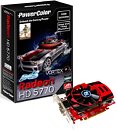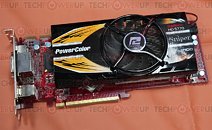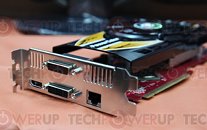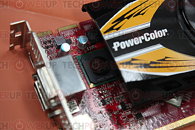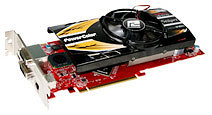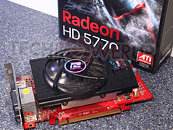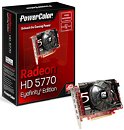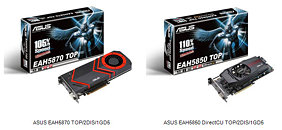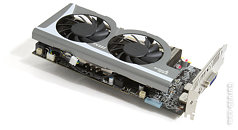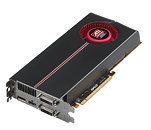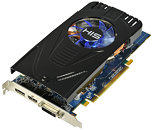Years ago, AMD's integrated graphics chipsets offered users the ability to pair integrated graphics processors with entry-level discrete graphics cards to work in tandem, and increased performance ideally by 50%, this technology was called Hybrid CrossFire. With the latest AMD A-Series APUs, AMD is packing much more powerful GPU components, and in the process, giving users the ability to pair the GPU component with a discrete graphics card. In the discrete graphics sphere, AMD CrossFireX already allows the pairing between two graphics cards that use the same ASIC, even if they're different models (for example, you can pair a Radeon HD 5770 with a HD 5750).
The GPU component inside A-Series APUs are essentially similar to lower mid-range discrete GPUs from AMD's current generation, in having 400, 320, or 240 stream processors, giving you the ability to pair them with discrete graphics cards based on Turks (HD 6500 and HD 6600 series) or Caicos (HD 6300 and HD 6400 series). Unlike with Hybrid CrossFireX, AMD gave marketing names to the resulting dual-GPU setup between an APU and a discrete GPU. For example, pairing an A8-3850's APU with a discrete Radeon HD 6670 GDDR5 will give you a configuration "called" Radeon HD 6
990D2. We see what you did there, AMD. So the next time you're buying a pre-assembled PC and you see "HD 6990D2" in the specs sheet, and the entire PC is priced under $800, you have no reason to jump through the roof in joy. Refer to the table below for more amazing configuration names.



